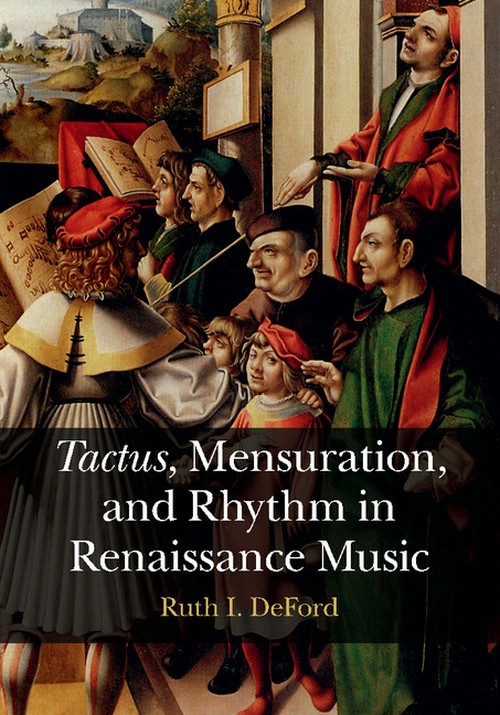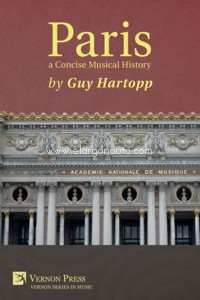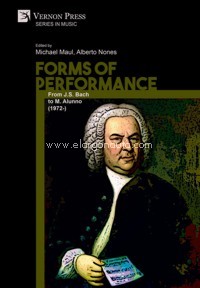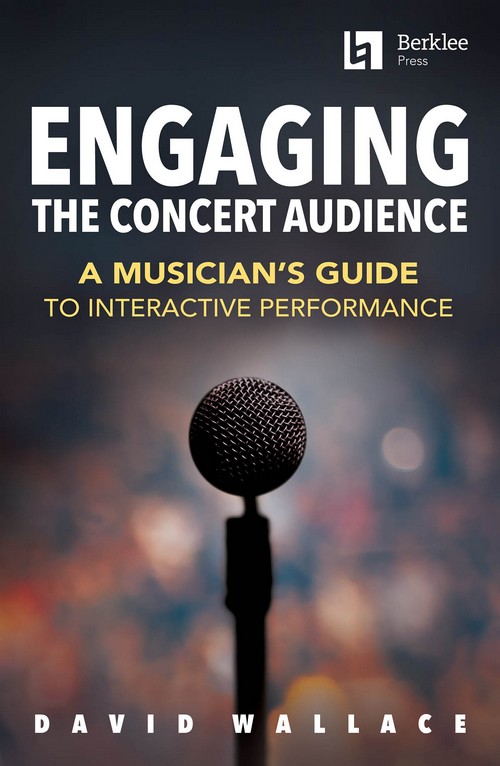
Tactus, Mensuration and Rhythm in Renaissance Music
Deford, Ruth I.
Cambridge University Press. 2015Ficha técnica
- EAN: 9781107064720
- ISBN: 978-1-107-06472-0
- Editorial: Cambridge University Press
- Fecha de edición: 2015
- Encuadernación: Cartoné
- Dimensiones: 17x24
- Idioma: Inglés
Disponible en breve
Sin stock. Si se pide hoy, se estima recibir en la librería el 24/04/24¡GASTOS DE ENVÍO GRATIS!
PVP. 185,20€
Añadir a la Lista de deseos
Ruth DeFord's book explores how tactus, mensuration, and rhythm were employed to articulate form and shape in the period from c.1420 to c.1600. Divided into two parts, the book examines the theory and practice of rhythm in relation to each other to offer new interpretations of the writings of Renaissance music theorists. In the first part, DeFord presents the theoretical evidence, introduces the manuscript sources and explains the contradictions and ambiguities in tactus theory. The second part uses theory to analyse some of the best known repertories of Renaissance music, including works by Du Fay, Ockeghem, Busnoys, Josquin, Isaac, Palestrina, and Rore, and to shed light on composers' formal and expressive uses of rhythm. DeFord's conclusions have important implications for our understanding of rhythm and for the analysis, editing, and performance of music during the Renaissance period.
- Offers new interpretations of theories of time measurement in Renaissance music over a broad chronological range
- Provides an accessible overview and includes contextual information about music of the period
- Integrates interpretations of theory and analyses of music to reveal the meanings of Renaissance musical notation
CONTENIDO:
Introduction
Part I. Theory:
1. Sources of information
2. Principles of mensural notation
3. Definitions and descriptions of Tactus
4. Tactus and rhythm
5. Tactus and signs in fifteenth-century music theory
6. Tactus and signs in sixteenth-century music theory
7. Tactus and tempo
Part II. Practice:
8. The songs of Du Fay
9. The L'homme armé masses of Ockeghem, Busnoys, and Josquin
10. The five- and six-voice motets of Josquin
11. The Choralis Constantinus of Isaac
12. The masses of Palestrina
13. The madrigals of Rore
14. Popular songs and dances
Conclusion.





